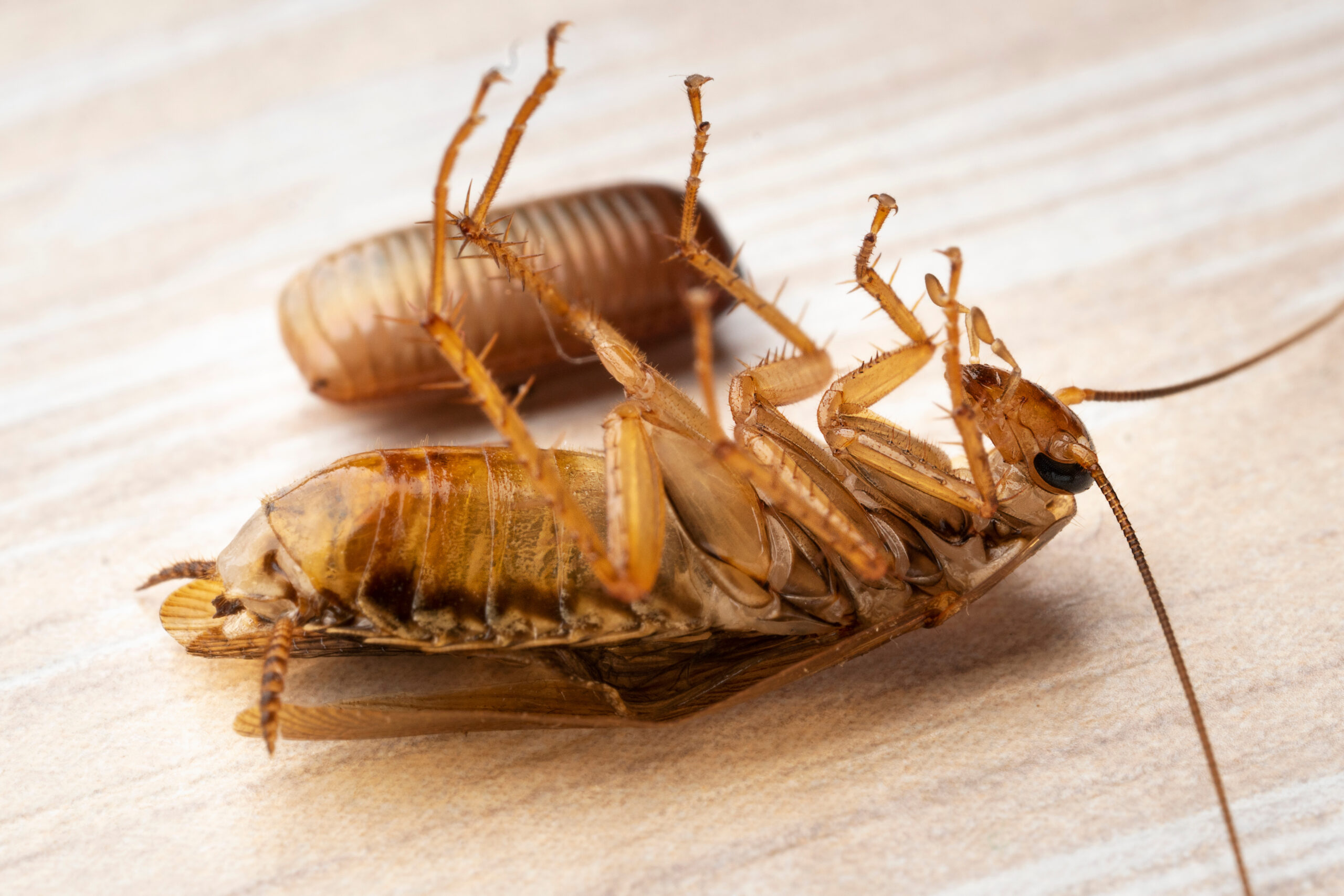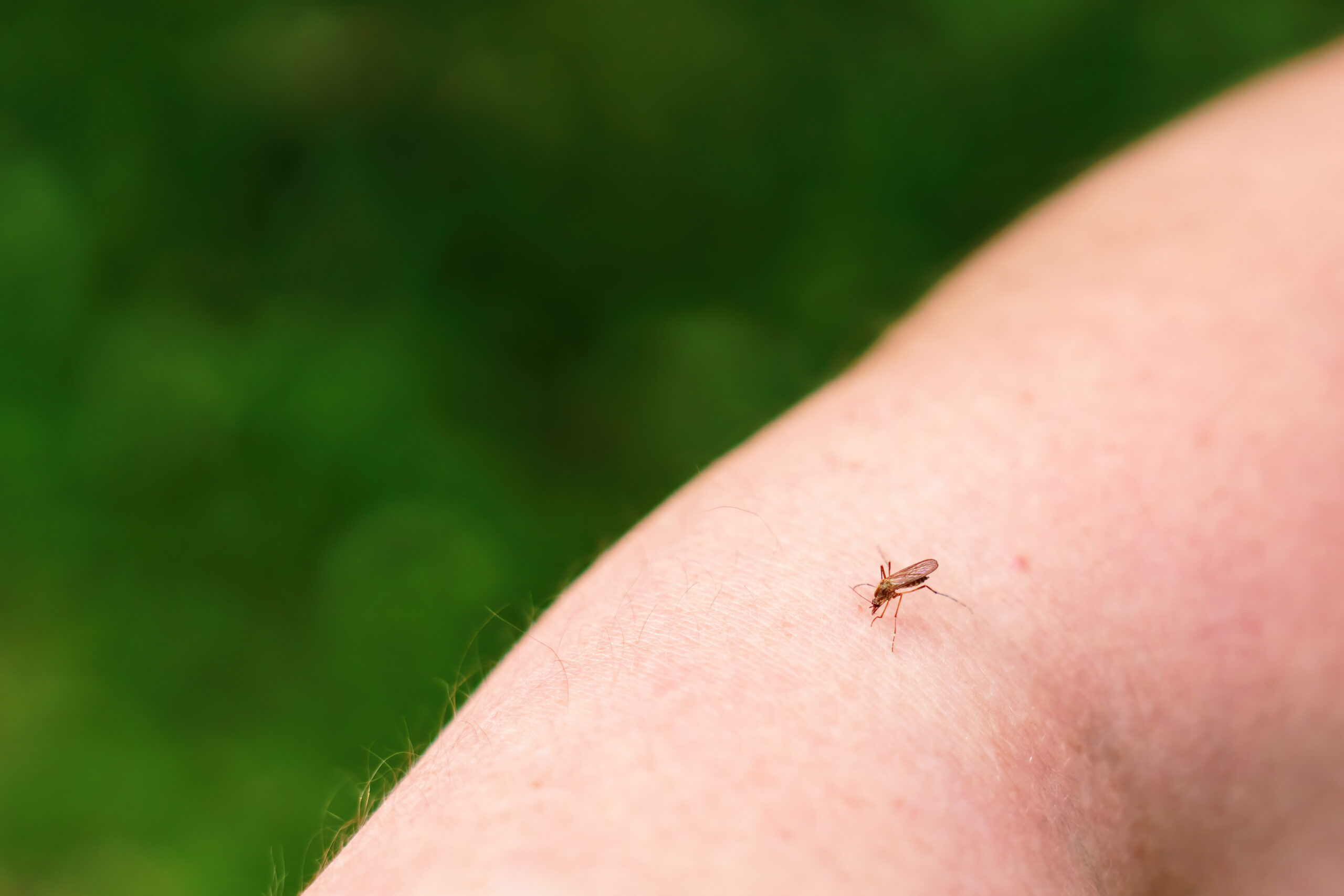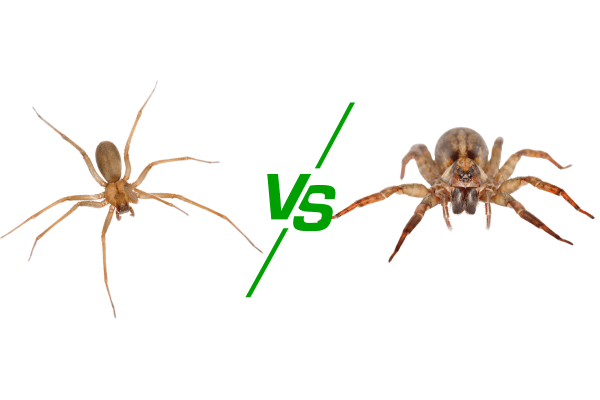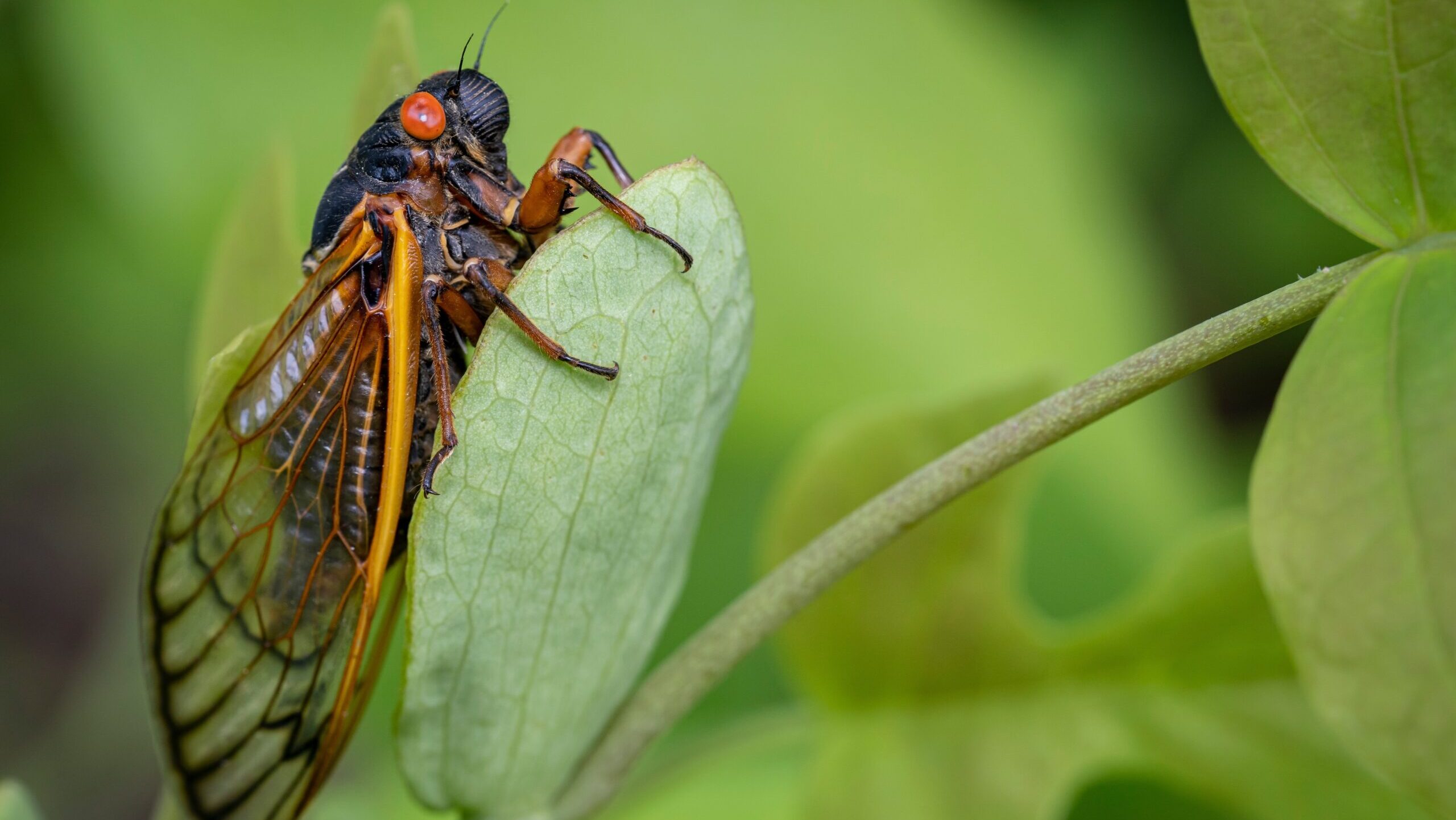Where Do Cockroaches Come From?
Cockroaches are one of the most common household pests, and their presence can be unsettling for homeowners. At Phoenix Pest, we specialize in treating infestations of American and German cockroaches, the two species most commonly found in homes and businesses. Understanding where these pests come from is the first step in keeping them out of your space.
Where Do American Cockroaches Come From?
The American cockroach (Periplaneta americana), often referred to as the “palmetto bug,” is the largest species of cockroach commonly found in the U.S. Despite its name, this species is not native to America. According to the Arizona Department of Agriculture, American cockroaches originated in tropical Africa and were introduced to the U.S. via trade routes.
Common Habitats for American Cockroaches:
- Outdoors: They thrive in warm, humid environments and are often found in sewers, storm drains, and decaying organic matter.
- Indoors: When they invade homes, American cockroaches typically seek out basements, crawl spaces, and utility rooms where moisture is abundant.
Where Do German Cockroaches Come From?
The German cockroach (Blattella germanica) is much smaller than the American cockroach but far more prolific. This species is believed to have originated in Southeast Asia but has since spread globally due to its ability to hitchhike in human belongings.
Common Habitats for German Cockroaches:
- Indoors: Unlike American cockroaches, German cockroaches prefer indoor environments, particularly kitchens and bathrooms where food and water are readily available. They are often introduced into homes through cardboard boxes, grocery bags, or secondhand appliances.
- Clusters: German cockroaches are social and tend to cluster together in hidden areas like cracks, crevices, and behind appliances.
Related Article: American Cockroach vs. German Cockroach
How Do Cockroaches Get Into Homes?
Cockroaches are skilled at finding entry points into homes and businesses. Here are the most common ways they gain access:
- Through Cracks and Gaps: Small openings around doors, windows, or pipes are easy entry points for both American and German cockroaches.
- Hitchhiking: German cockroaches are especially adept at traveling in bags, boxes, and furniture.
- Via Sewers and Drains: American cockroaches are often found entering homes through sewer systems or drain pipes, especially after heavy rain.
Related Article: How to Keep Cockroaches Out of Your Home in Arizona
Why Are Cockroaches So Persistent?
Cockroaches are incredibly adaptable and resilient, making them tough pests to control. Some key factors include:
- Rapid Reproduction: German cockroaches can produce hundreds of offspring in a single year, quickly turning a small infestation into a significant problem.
- Dietary Flexibility: Both species can survive on a wide variety of food sources, including crumbs, grease, and even non-food items like glue and paper.
- Survival Skills: Cockroaches can live without food for up to a month and hold their breath for up to 40 minutes, allowing them to survive in harsh conditions.
How to Prevent Cockroach Infestations
Preventing cockroach infestations starts with eliminating the conditions that attract them. Here are some tips:
- Seal Entry Points: Use caulk to seal cracks and gaps around doors, windows, and utility openings.
- Eliminate Food and Water Sources: Store food in sealed containers, clean up spills promptly, and fix any leaks to reduce moisture.
- Declutter Your Home: Reduce hiding spots by keeping your home tidy and organized.
- Inspect Incoming Items: Check boxes, bags, and secondhand items for cockroach activity before bringing them inside.
Contact Phoenix Pest Today
If you’re dealing with a cockroach problem, don’t wait—let Phoenix Pest help. Our team of professionals is ready to eliminate cockroach infestations and ensure your home stays pest-free.
📞 Call us at 623-294-8916
💻 Visit Phoenix Pest




